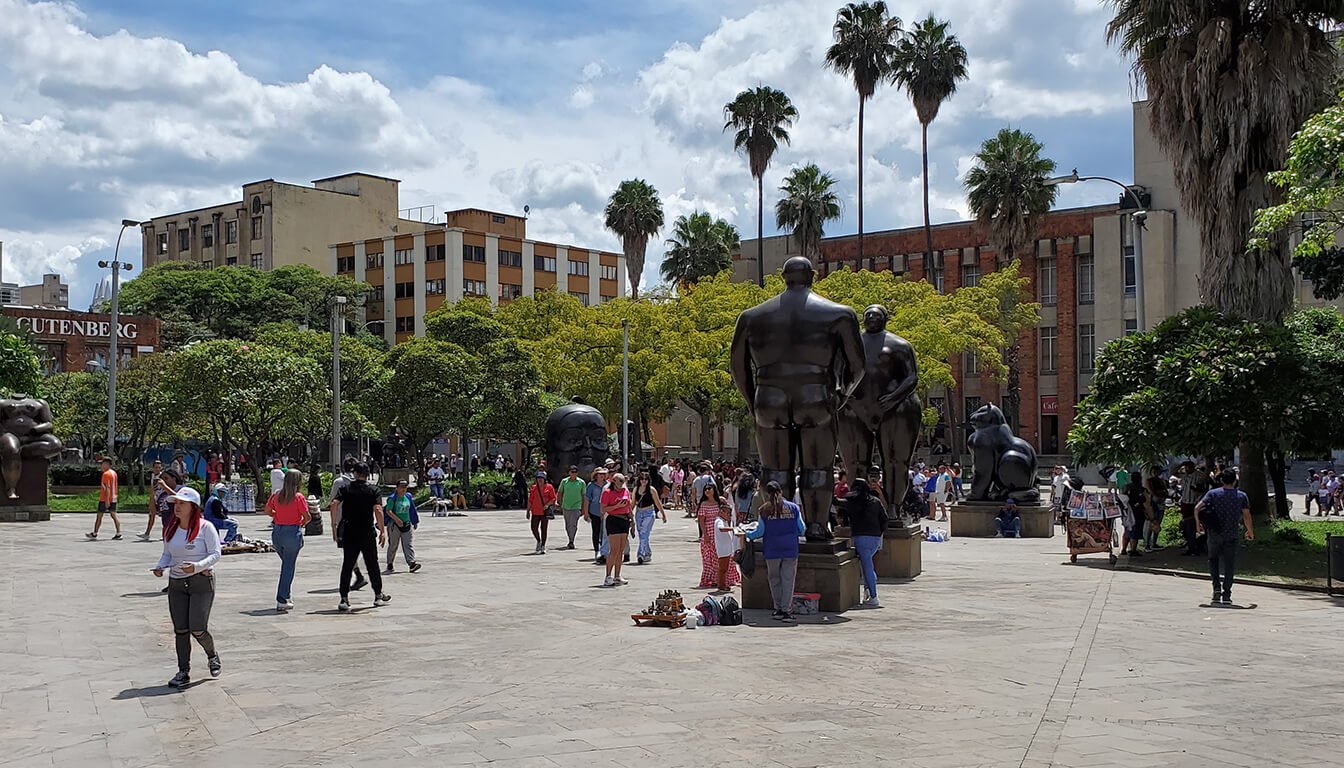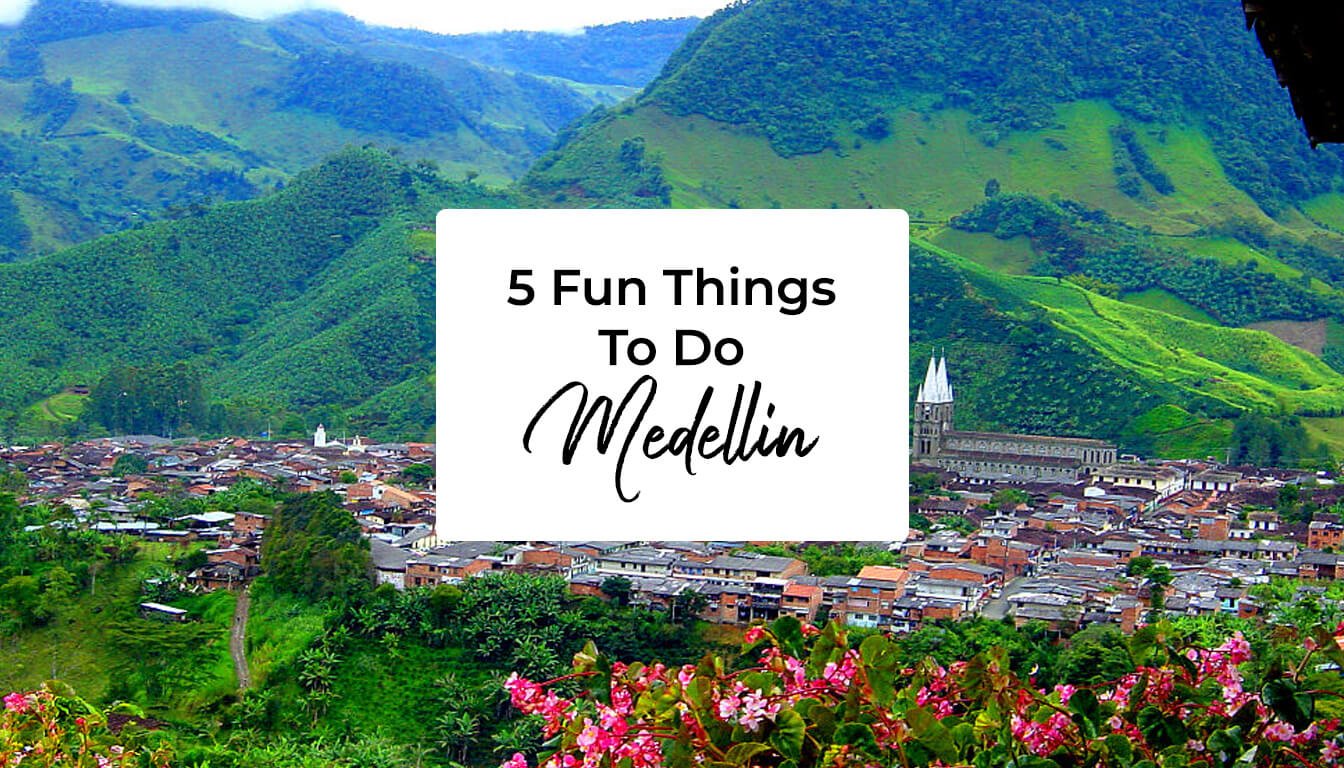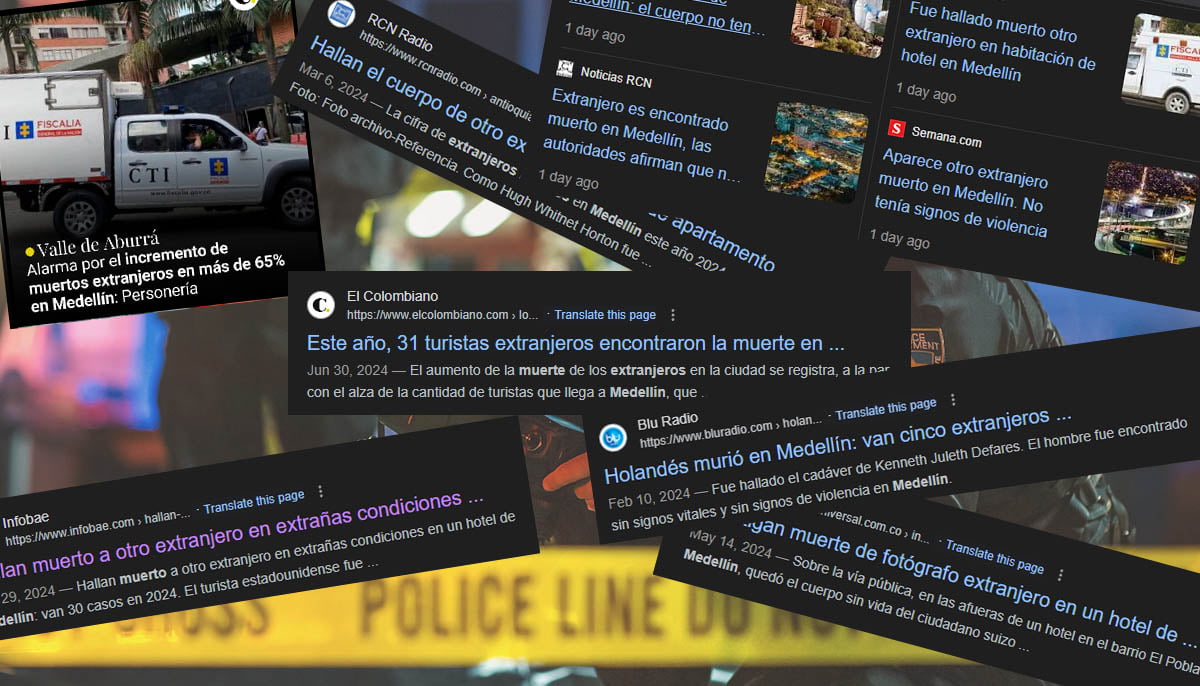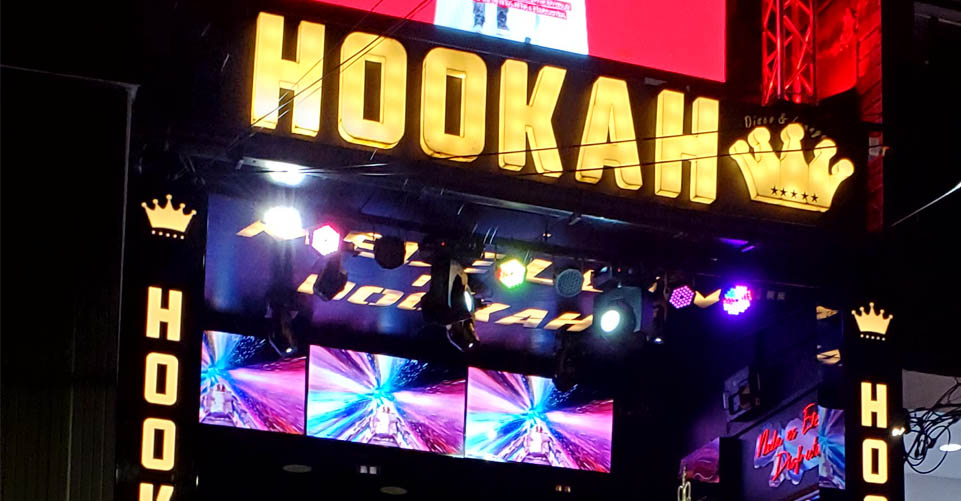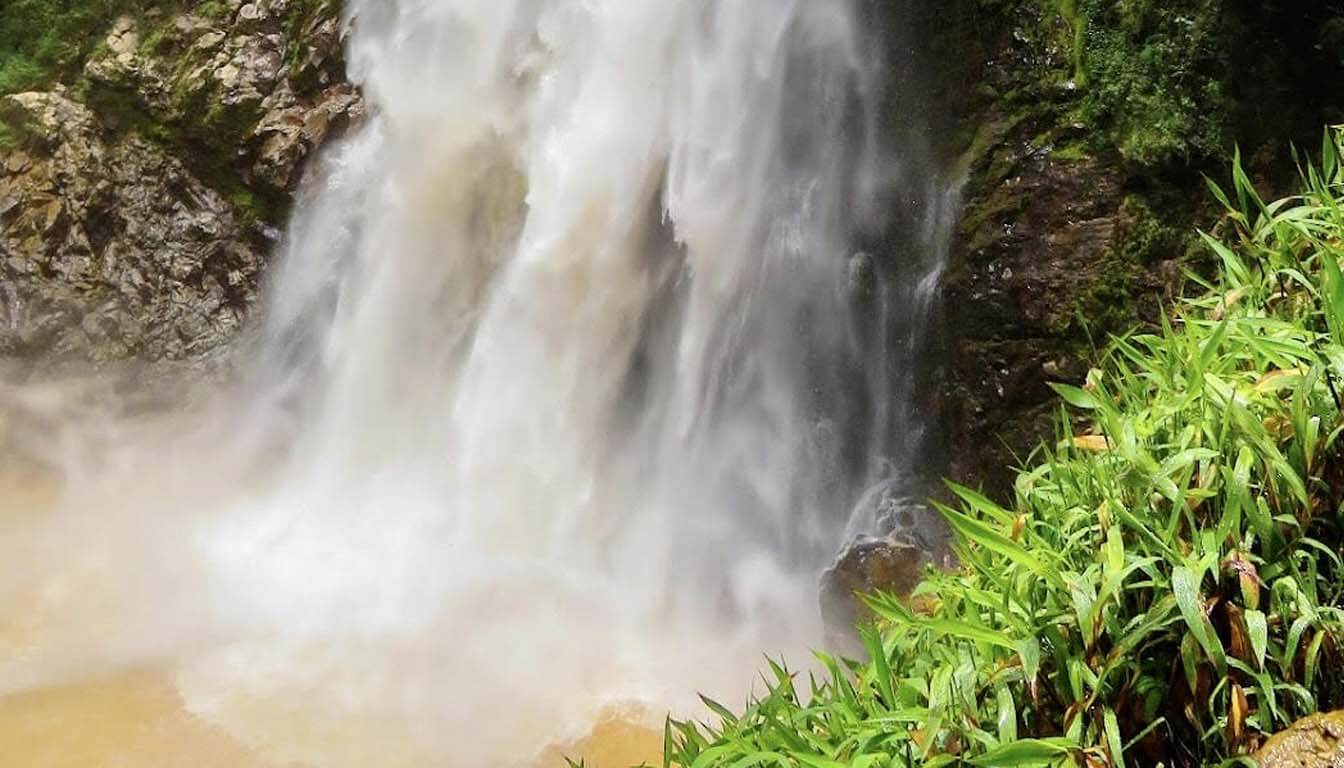Colombia’s second-largest city, Medellin, has evolved over the years to become a vibrant, dynamic, and peaceful city, a far cry from its turbulent history. One district encapsulates this transformation better than any other; the renowned Comuna 13.
During a recent visit to the country, Gilles Bertrand, the ambassador representing the European Union in Colombia, made the observation that this district has gone from being synonymous with disappearances, urban warfare, and civilian pain to becoming known for its brilliant art, joy, colors, and tourism. He went on to say that living in this enterprising and autonomous community afforded its residents the opportunity to radically transform their lives.
Located to the west of the city scene, Comuna 13, which is a red maze of brick houses, was one of the most violent barrios in the city during the blood-soaked reign of the infamous Pablo Escobar and his far-reaching cartel. The carnage witnessed here went on through the crackdowns unleashed on the implanted guerillas by the country’s army allied with patriotic paramilitary groups.
Thanks to the initiative of local authorities, Medellin, also known as the ‘City of Eternal Spring,’ began to see a dramatic change, much to the relief of the city’s 3 million residents. As part of its renaissance, a highly efficient transport system has been put in place. The line comprises a dual-line metro system (the only one of its kind in Colombia) as well as five separate cable car lines that work together to open up all the various barrios of the city that were once cut off from the heart of Medellin.
At the heels of these successes, a tourism boom has come about that’s been bolstered by a highly effective marketing campaign that highlights the themes of celebration and culture. Thanks to these efforts, Medellin was recently crowned the ‘Best New Destination’ in South America by the World Travel Awards committee.
After Bogota, Medellin, which is the birthplace of the world-famous sculptor Botero, is the second most popular tourist destination. It is even more popular with tourists than the historic city of Cartagena.
With hands in their pockets and noses in the summer air, tourists pour out in their thousands every day from the metro into Comuna 13 to enjoy the urban fashion boutiques, graffiti-emblazoned buildings, and the small balcony stalls operated by the local population.
You’ll find these new arrivals gleefully taking selfies with the colorful frescoes as backdrops as mediators donning chasubles direct the burgeoning crowds in the right direction. The sounds of blasting reggaeton will be the music teenagers in baseball caps will be shimmying to as the thirsty visitors make their way to any of the numerous cocktail bars that line the town streets.
As a tourist haven, security is a priority here, and guided tours operated by locals will take visitors around the ‘barrio,’ highlighting the city’s violent history, street art, and points of interest. For the morbidly curious, no visit to Medellin will be complete without a tour of the notorious Pablo Escobar’s haunts. There are plenty of souvenir shops where you can pick up a mug or t-shirt bearing the drug baron’s menacing portrait. The Medellin of today is full of color, life, and optimism and open for business.



